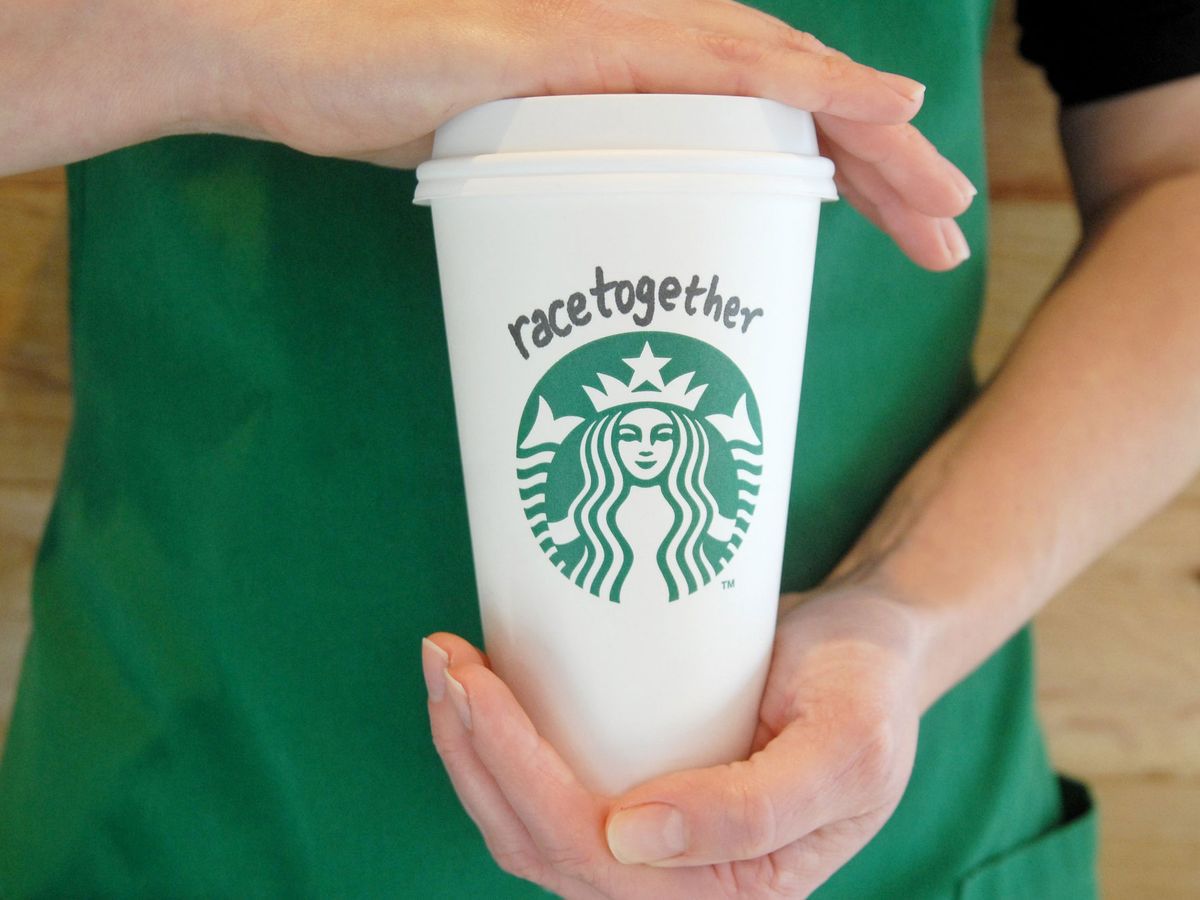
One aspect of Starbucks Coffee’s recent “Race Together” campaign encouraged employees to engage customers in a discussion about race. This effort—which had employees write #racetogether on customers’ cups to encourage dialogue—was well intentioned. However, the speed at which it was scrapped shows just how difficult it is to incorporate political and social discussions into the workplace.
The term “hostile work environment” often gets thrown around without any thought to what that really means. The greatest misconception is that anything hostile or abusive that happens at the workplace is illegal. Albeit inappropriate, screaming at an employee or calling him stupid is simply not illegal.
The flipside of that coin is that conduct does not necessarily have to be abusive or threatening to create a hostile environment when the subject matter is a protected category under Title VII, which prohibits discrimination by covered employers on the basis of race, color, religion, sex or national origin. Forcing employees to engage in discussions with strangers about race without any control over how the customer will respond opens an opportunity for the work environment to become incredibly uncomfortable for employees.
Employers have a duty to protect their employees from harassment based upon protected categories by customers, not just other employees. So if a customer responds to an offer to start a conversation about race with a mean-spirited joke or simply a racial epithet, the employer will have to take action against that customer. If these types of responses become repetitive, the employer would likely have an obligation to stop the source of the conflict—in other words, cease the practice of having employees start discussions about race.
There are many other pitfalls in having workplace discussions around sensitive topics that fall into protected categories under Title VII. A discussion of this sort, in spite of the best intentions of the participants to be thoughtful and candid, can easily bring to the surface differences in thought among employees, which may result in ill will. Likewise, comments made during these conversations could be used as evidence that a particular manager is prejudiced against certain types of individuals. Individuals certainly have different perceptions of the meanings of different comments and actions, so a manager might feel that comments he makes do not show any sort of prejudice, while the people hearing the conversation can come to a completely different conclusion. Should the manager then take some disciplinary or other job-related action against an employee, the conversation may be used as the basis for a discrimination lawsuit. At that point, what the speaker intended is less relevant than how the comment is perceived by a judge or jury.
Most employers today certainly haven’t taken steps to instigate this sort of discussion in the workplace. But events do arise in the news that relate to these topics and become the fodder for water cooler conversation. Most employers do not want to become the “speech police,” monitoring every communication among employees that might not relate directly to the business. Yet, these conversations can, just as the discussion on race that Starbucks initiated, become problematic. Then, the key is to make sure that employees are aware of their opportunities to report behavior that causes them discomfort. Open door and non-harassment policies attempt to encourage employees to come forward well before any workplace conduct would become a truly actionable illegal hostile environment. Encouraging use of this process can assist employers in nipping problems in the bud.
Handling a complaint related to an uncomfortable discussion can have its own problems. Chances are that the employee being complained of did not understand that talking about what he saw on the news the night before should be grounds for his being called out. Many employees wrongly believe that the First Amendment protects the right to discuss these events at a private employer’s place of work.
Thus, when having the conversation with the offending employee, the employer needs to be prepared to educate the employee on the differences of opinions and perceptions that different people have as well as the employer’s right to keep discussions out of the workplace.
While the conversation about the Starbucks “Race Together” campaign will likely die down, employers can continue to expect the occasional need to address misunderstandings and comments as long as the outside world is focused on these issues. In light of that, here are some steps employers can take to be prepared.
- Train managers that they should not be engaging in conversations on non-work-related controversial topics with their employees.
- Train employees and managers in the reporting procedures under open-door policies so they know how to raise a problem before it becomes a big issue.
- Train employees that your nondiscrimination and harassment policy extends not just to their fellow employees, but also to customers and vendors.
Finally, and most importantly, be responsive when employees raise concerns. Not every complaint is a valid one and not every event that makes somebody uncomfortable is inappropriate. Sometimes an employee must be told that their complaint is not going to result in any changes. Failing to follow up with the complaining employee creates an atmosphere of distrust or leads to the belief that the employer does not mean what it says about preventing illegal harassment.
